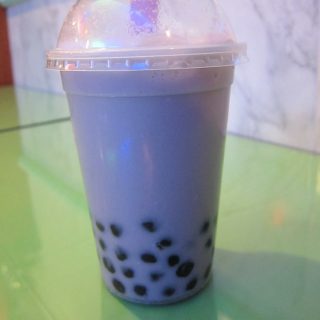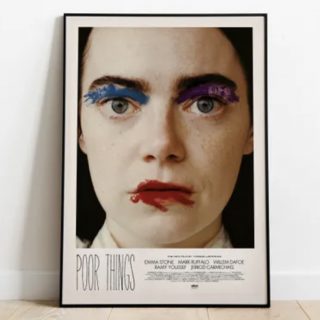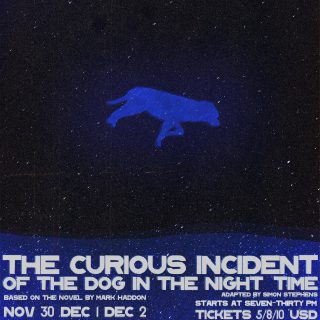Why is ‘Harakiri 1962’ the highest-rated movie among film buffs?

I wanted to watch the highest-rated movie to see if it lived up to the hype so I went to IMDB and Letterboxd, the two most popular movie-reviewing websites. IMDB’s number one was Shawshank Redemption which I had already seen and think is a good but not amazing movie. On Letterboxd, the more pretentious of the two sites, Harakiri 1962 is the highest-rated movie I had never heard of.
Harakiri 1962, directed by Masaki Kobayashi is a black-and-white samurai drama about the ethics of feudal Japan. The basic story follows a man who has lost everything trying to get revenge for his entire family’s death. Harakiri is regarded as a revolutionary movie in Japanese film history, for its cinematography and philosophical topics.
The plot of Harakiri is hard to follow. Former samurai Tsugumo Hanshiro asks the leader of the Iyi clan if he can commit ritual suicide (harakiri) in his palace. The Leader tells him a story of a samurai from the same clan as Hanshiro who came with the same request to discourage him.
The flashback of when Chijiwa Motome came asking to commit harakiri reveals that Motome was lying and was trying to trick the clan into giving him money to keep living which was a common occurrence with masterless samurai. The clan inhumanely forces Motome to gut himself with his fake sword as an example for other greedy samurai. Hanshiro disregards any relation to Motome and reinstates his resolve to die.
As Hanshiro’s ceremony is beginning he requests three specific swordsmen to behead him who happens to be the exact three that forced Chijiwa Motome to brutally kill himself. All three swordsmen call out sick.
During the delay in the ceremony, Hanshiro tells his life story and how he got his revenge on the clan by forcing the clan to break the same samurai code that they murdered his son over. Harakiri’s story is fantastic but so very slow, ramping up only in the last 20 minutes.
To be fair the movie is a drama, not an action movie. Nonetheless, the sword fights in Harakiri are great, and the cinematography and choreography of the fight scenes hold up 60 years later. The cinematography throughout the movie is what I think makes this as critically acclaimed as it is.
I can see Harakiri’s symmetrical long panning shots in many modern filmmakers’ works, such as Wes Anderson and Stanley Kubrick who may have been inspired by the director Masaki Kobayashi.
Harakiri is a must-watch for film addicts or people looking to get into the film industry, but for most people, me included, it isn’t a life-changing movie.














